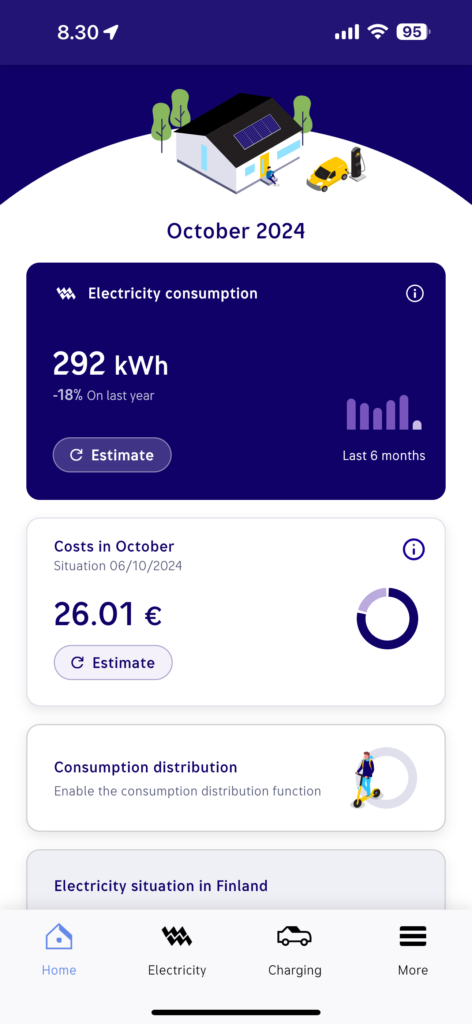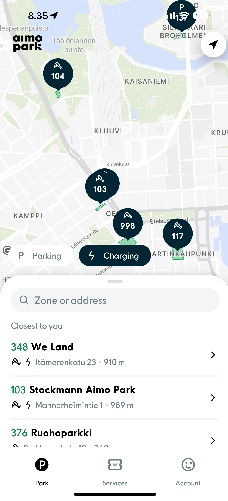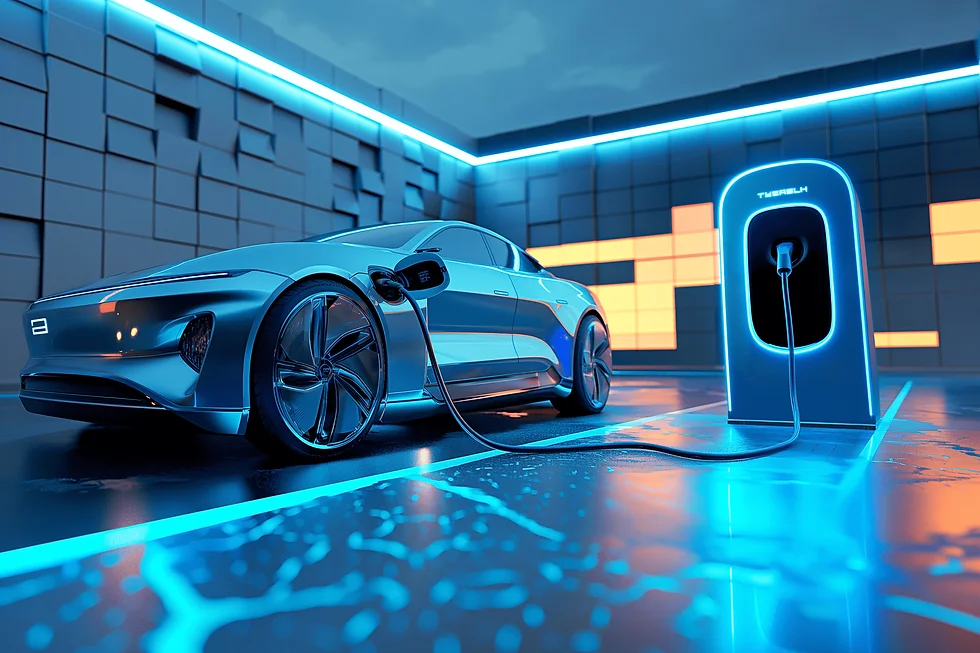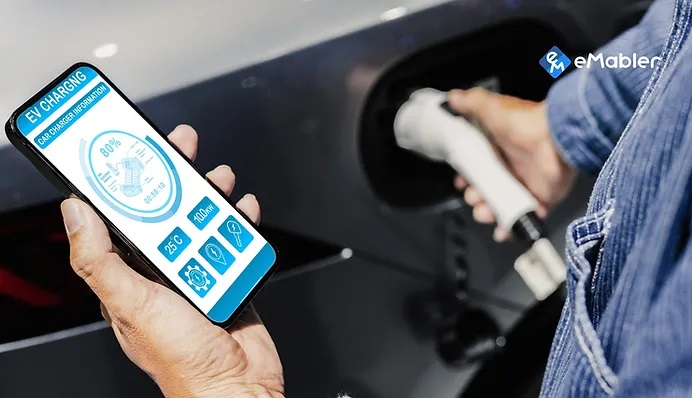There is no doubt that the Nordic countries are leading the way in the transition towards zero-emission mobility.
However, the charging infrastructure sector is not without its challenges.

“Despite the fact that the Alternative Fuels Infrastructure Regulation (AFIR) came into force and allowed for the simplification of some issues, there are still too many mobile apps, which complicates the experience for the end user,” says Juha Stenberg, CEO and co-founder of eMabler, in an interview with Mobility Portal Europe.
“Sometimes, roaming can even be extremely expensive, which creates a poor perception of the industry,” he laments” he adds.
While in Norway, there are around 40 different mobile apps for paying for charging services, in Sweden, there are 30, and in Finland, there are 20.
“Are so many really necessary? Our data shows, 90% of charging happens at homes, so roaming is not really solving the real problem” indicates Stenberg.
In this regard, it is worth mentioning that the Finnish company eMabler’s mission is to make electric vehicle (EV) charging easier.
“We understand that the market is still in its early stages and that there is room for improvement in terms of simplicity for the end user in EV charging,” acknowledges the CEO.
He continues, “That’s what we’re doing, working with B2B companies that offer this charging service to their customers.”
Among their clients are utilities, energy companies, parking operators, retailers, petrol stations, and more.
How does eMabler help facilitate this process?

“We integrate with existing systems, such as fleet management systems,” explains Stenberg.
This way, clients can optimise charging according to vehicle profiles, routes, and other factors.
“They usually have two separate invoices, two mobile apps, and so on. We help by combining all of that,” the CEO indicates.
“We do realise that our home market Nordic is a bit ahead of other European markets, but believe this is the way companies want to move: combine their products, services and systems, and this is what we enable,” he adds.
A good example is Helsinki based energy company Helen that has integrated EV charging to its mobile app.
Thus, offing its customers an easy way to use all Helen services, including EV charging.
Energy companies should have a long term vision for EV charging- it is to manage the EV charging loads and cross-sell different services.
Managing EV charging loads is important as the energy system is becoming more volatile with the introduction of new renewable energy production.
Here EV charging, especially at homes, is an absolute fit for energy companies.

“We also work with parking operators to combine EV charging and parking into a single interface, a single price, and a single payment,” Stenberg says.
As an example, he mentions Aimo Park, a Nordic parking operator.
eMabler integrated parking and charging into a single user-friendly mobile application for its customers, providing them with convenience and an increased service value, as it can now bill for both.
In this way, companies can offer both charging and another service alongside their existing offerings.
In terms of user experience, eMabler’s feature-rich platform offers an easy-to-use interface for convenient billing processes and transparent invoicing.
Additionally, it provides real-time data and analytics so that the customer can gain valuable insights into energy consumption, user behaviour, and station performance.
Finally, it is worth noting that the platform offers scalability and open integration, as it can adapt to changing needs and integrate seamlessly with existing systems.
How does eMabler help transform EV charging operations?
“Our pricing model is transaction-based, which means we charge our clients every time there is a charging session,” says Stenberg.
This approach is due to the fact that the company works with different types of clients, including those who focus solely on private charging—such as apartment buildings—where there are a low number of sessions.
“Our model allows these clients to run a profitable business because it is a revenue-sharing model,” he adds.
It is worth noting that eMabler’s platform is highly modular.
Charge Point Management System (CPMS)
This system enables the seamless management, operation, and integration of EV charging infrastructure.
eMabler’s modern, open platform removes the specific complexities of charging, allowing clients to focus on scaling their business efficiently.
“Our focus is to provide state-of-art charge point management system with APIs and connectors to integrate EV charging service with existing systems like CRM” Stenberg adds.
Ad hoc Payment and Roaming
This solution provides flexible payment options for ad hoc and roaming charging sessions, ensuring a smooth user experience and efficient billing processes.
Energy Management
This system, with dynamic load management capabilities, enables the intelligent management of energy consumption, minimises grid strain, and optimises energy costs associated with EV charging.
“We see our customers facing limitations in grid capacity and therefore EV charging needs to be flexible and avoid grid limitations with intelligent energy management. This is really important for our customers regardless the locations where they build EV charging infrastructure” Stenberg explains.
Tariff and Invoice Engine
The tariff and billing engine allows for the definition of customised pricing structures, automates billing processes, and generates detailed reports.
“We see a strong demand for dynamic pricing as charging in many sense is regarded electricity sales, it is therefore natural that our customers want to integrate the cost volatility into their pricing models e.g. when using Day-ahead pricing.” Stenberg explains.
This means it has a core component, which is a charge point management system (CPMS), and clients can choose whether they also want to use the energy management feature, billing engine, tariff engine, and/or payment functionality.
“They can customise our product according to the use case they are offering to the market,” explains Stenberg.
This makes it possible to maximise revenue and streamline financial management.
More about eMabler

eMabler, based in Finland, offers its solutions in several European countries, including the Nordics, the United Kingdom, Belgium, Germany, France, Switzerland, and Poland.
However, the company has plans to expand into other markets and drive its growth.
“Our growth comes from multiple dimensions. On one hand, we enter new markets and customers, and on the other, we grow with our clients who expand their business volume and introduce new features with our platform.
“However, I have been in the energy and EV charging industry since 2011 and see that the market is still young and will evolve in areas that are sometimes difficult to predict” says Stenberg.
Currently, eMabler has around connected 50,000 charging points and enables approximately 350,000 charging sessions per month.








